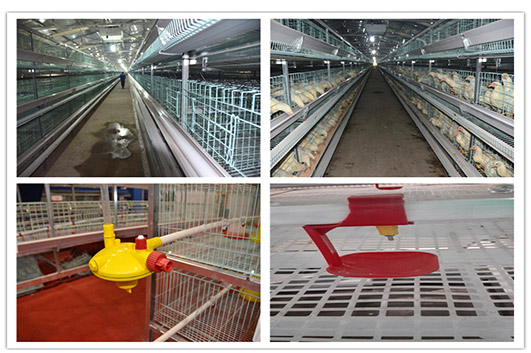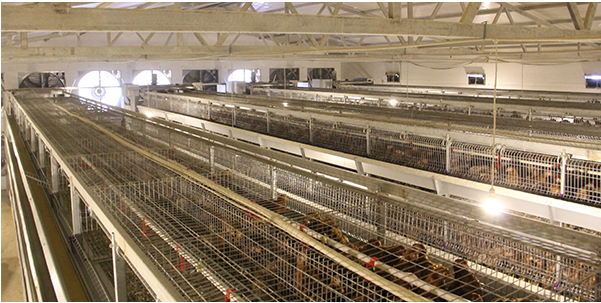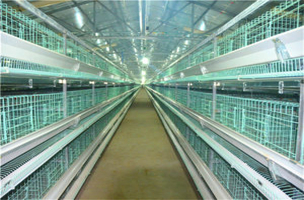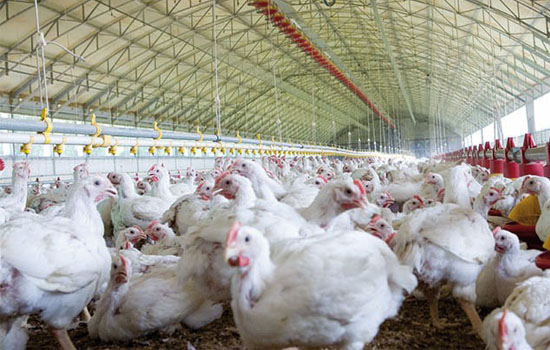Layer breeding equipment manufacturers share measures to prevent layers from stress
- Published in Chicken cages
- Be the first to comment!
- Read: 1352 times
1. Farmers should start from the growth characteristics of laying hens and provide them with a good, quiet and comfortable growth environment. The control of temperature and humidity, and ventilation management must be scientific and reasonable, especially large-scale use of layer cage breeding equipment to raise layer Chicken farms. Avoid humidity and air pollution in the chicken house due to poor ventilation, and avoid stress caused by poor environment.
2. Farmers must ensure the stability of feeding during the entire breeding process, such as laying hens drinking water, feeding, disinfection and other environments, must be in order, time is regular, and farmers must pay attention to not cutting off water or lack of material .
3. During the breeding process, the farmers should control the environment of the chicken coop, such as fixing the light switch time, cooling down in summer and keeping warm in winter to prevent the adverse effects of high and low temperature on laying hens. Prevention and control measures should be taken in time in autumn when the temperature changes greatly, and work should be done to prevent storms in the rainy season.

4. In the breeding farm where the laying hens are raised, the farmers should be careful not to yell, and be careful not to build the chicken house in a noisy place.
5. Layers need different feed ingredients in different growth stages, so farmers must change feeds at certain stages, and there must be a transitional stage in the process of changing feeds, so as to ensure the smooth adaptation of broilers.
6.Automatic environmental control system
With the features of huge air volume, low noise and energy consumption; you can know the details inside the poultry house with the equipment of alarming system; no matter how high the original temperature is, the environment control system can reduce the indoor temperature to less than 30℃,thus keep the chicken birds healthy; The combination of exhaust fan and cooling pad make a best benefit for the clients and our ventilation fan can be used in almost all places which need ventilation and cooling system.








